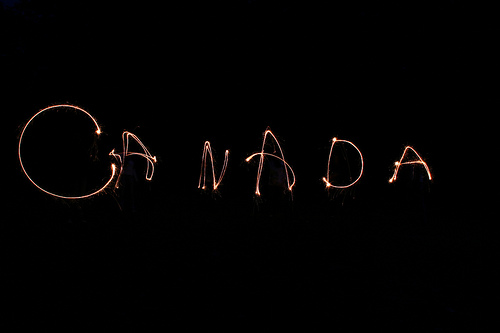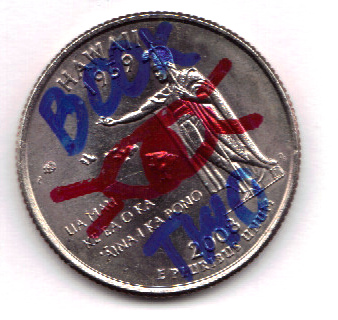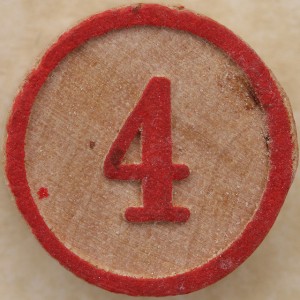“The most difficult thing for me is a portrait. You have to try and put your camera between the skin of a person and his shirt.”
— Henri Cartier-Bresson
“Every portrait that is painted with feeling is a portrait of the artist, not of the sitter.”
— Oscar Wilde

It’s a snow day in Missouri, so I’m taking a few moments to return to the blog and share some impressions from the new semester. This time around, my grad students and I are contemplating and soon will be trying to produce effective portraits in creative nonfiction. Questions we’re asking of texts (ours and others’) include:
How does an author paint a compelling and true portrait of a person in words? What are the elements that make a portrait come alive? What are the pitfalls? Why do some of our attempts fall flat and produce lifeless caricatures rather than the intimate, complex, and nuanced texts we aim for? How do we deal with what we don’t and can’t know about our subject? What should or might the relationship between author and subject look like?
And in addition to writing flash portraits and full-length pieces for workshop, we’ll be reading Gertrude Stein’s Autobiography of Alice B. Toklas, Dave Eggers’ What is the What, Ryszard Kapuscinski’s The Emperor and more. It’s all big stuff: long, hefty books. Perhaps not the best way to set our terms.
Our first order of business (yesterday) was to see what we could glean from small portraits and to begin assembling a set of hypotheses about how successful portraits work in CNF. I asked each of my students to choose an excerpt (or entire portrait) that could be read in under 5 minutes and to come to class prepared to defend the selection in what I called “The Battle of the Shortcuts.” After each reading, we pinpointed what we thought the text was doing successfully, and I filled the whiteboard with our ideas. This was the result:
![photo[3]](https://julijasukys.com/wp-content/uploads/2014/02/photo3.jpg)
Contenders included portraits by: Thom Gunn, Salman Rushdie, Sara Suleri, Mark Jenkins, Lynda Barry, Eula Biss, Mike Latcher, and Jeff Sharlet.
A vote determined the “best” choice (the battle, of course, was simply a device to frame and motivate our conversation). The winning student, whose portrait the group selected, got a coffee card to a café on campus.
Contrary to my predictions, we needed no second or third ballots to determine the victor. Michele Morano’s essay, “In the Subjunctive Mood” from Grammar Lessons handily won in the first round for its use of filters, frames, and the second-person voice to render the unbearable bearable. (I know this essay is available online somewhere, legally, but I can’t find it. If you come across the link, please send it my way so I can share it!)
There are more fun and games are to come, since I’ve decided to use my imagination and stretch the bounds of the usually staid and serious format that is the writing workshop. I’ll try to share more reports from the seminar room as we progress.
If you’re also leading CNF workshops and want to share some ideas, do chime in and let me know what you’re up to.
Here’s to a day of catching up with writing and editing and the drinking of tea. Stay safe!
[Photos: Paulgi and Eric Scott]
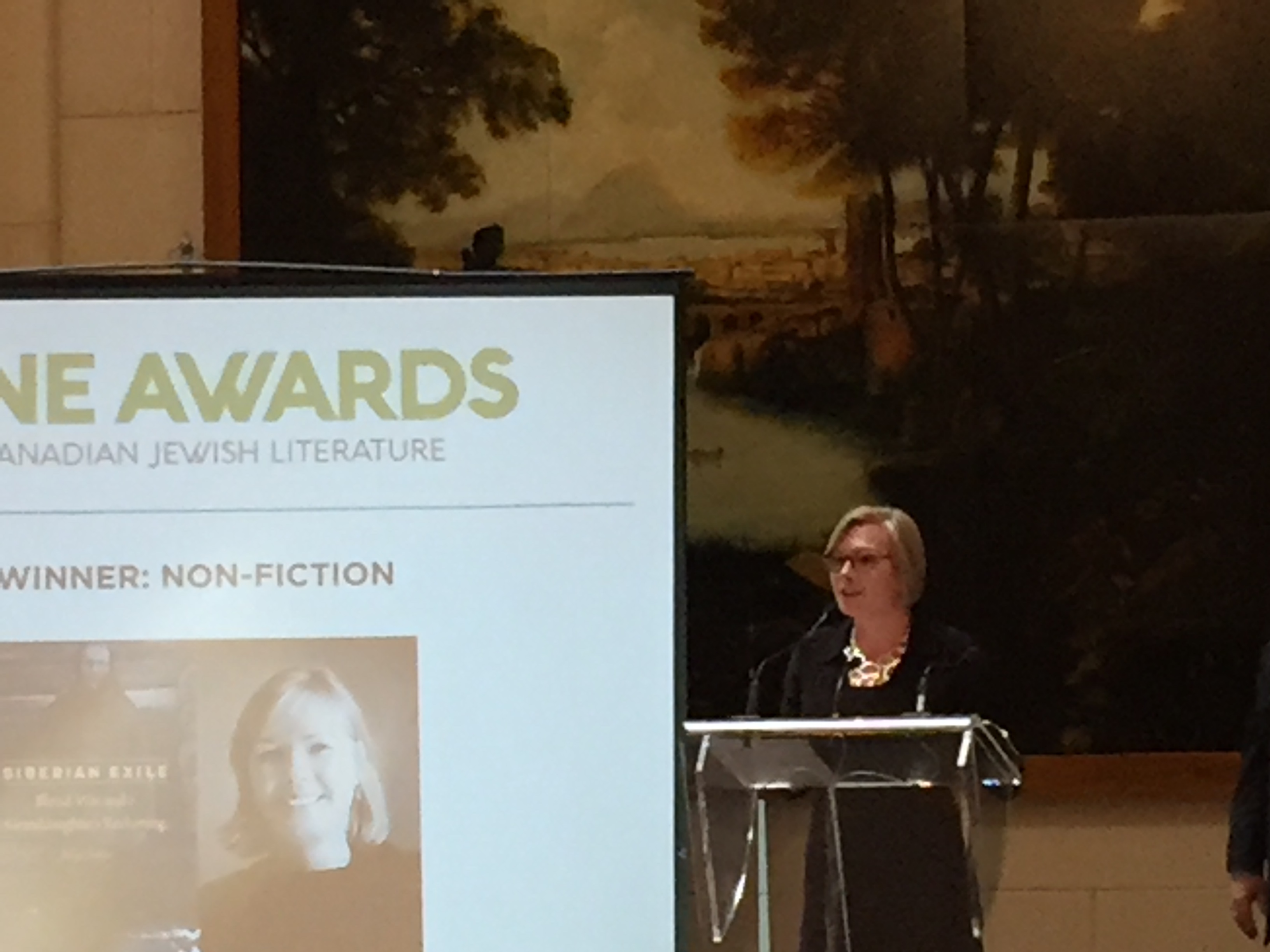
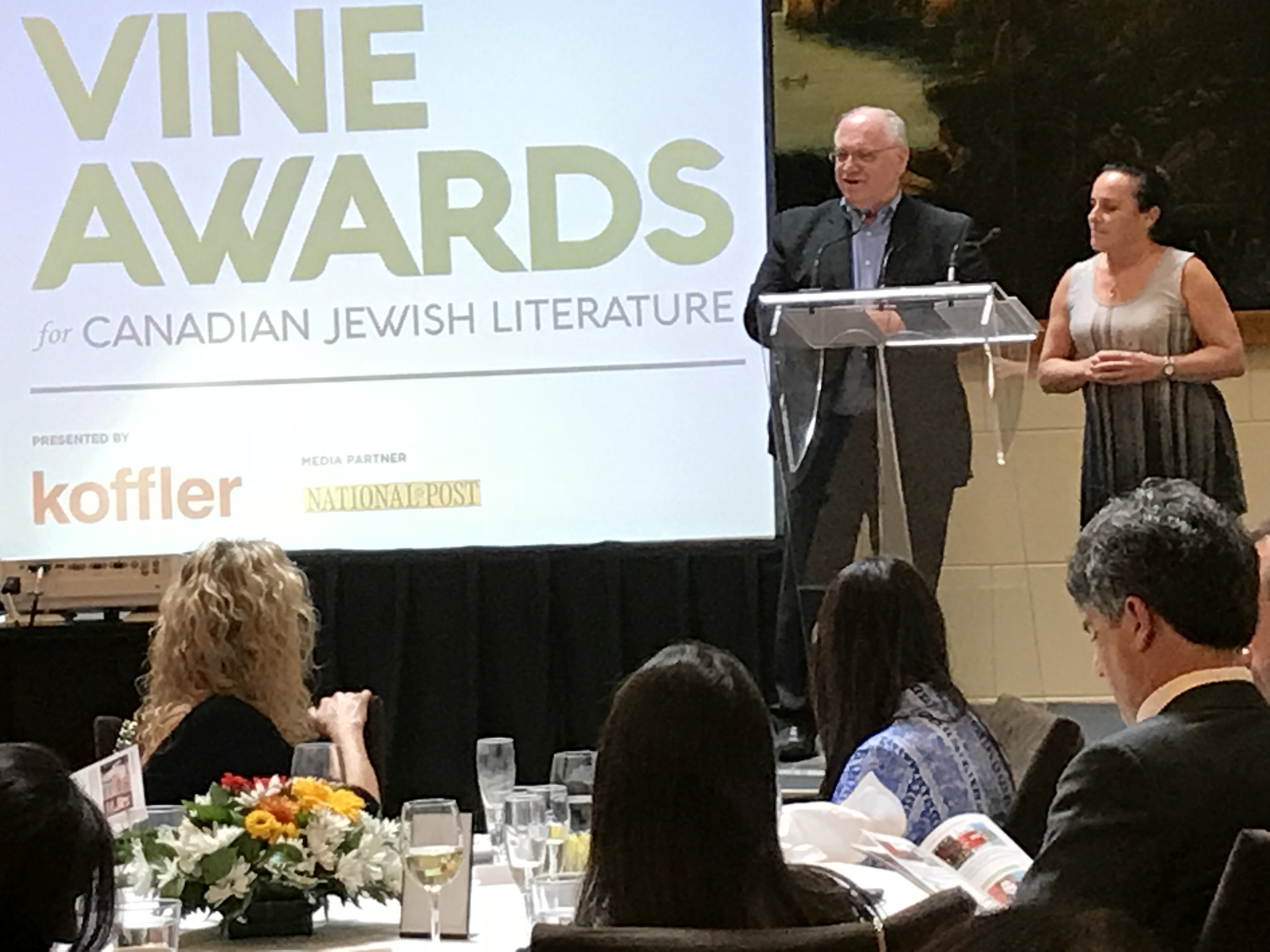


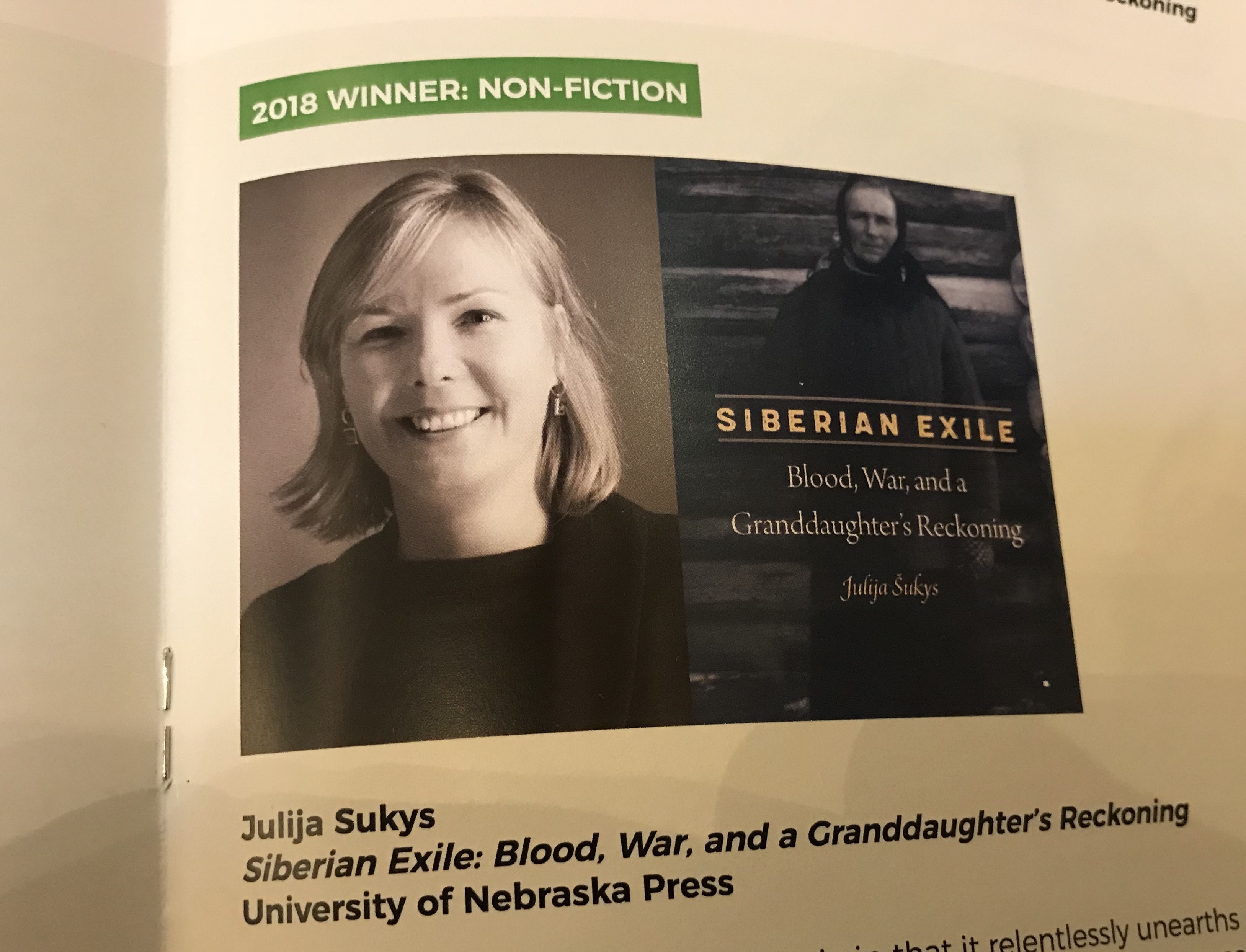


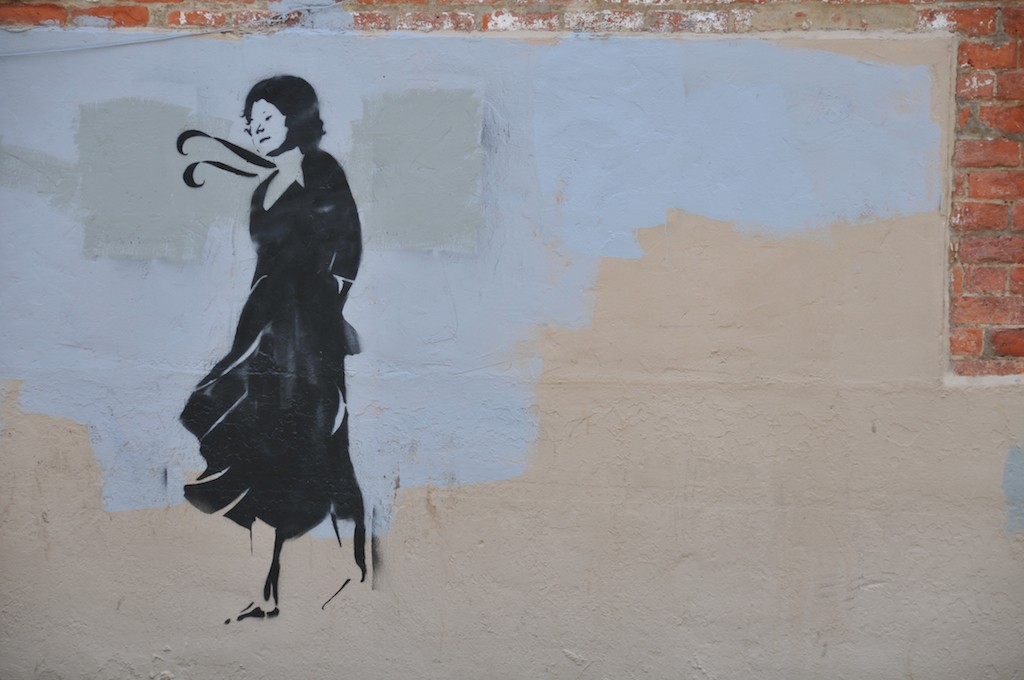
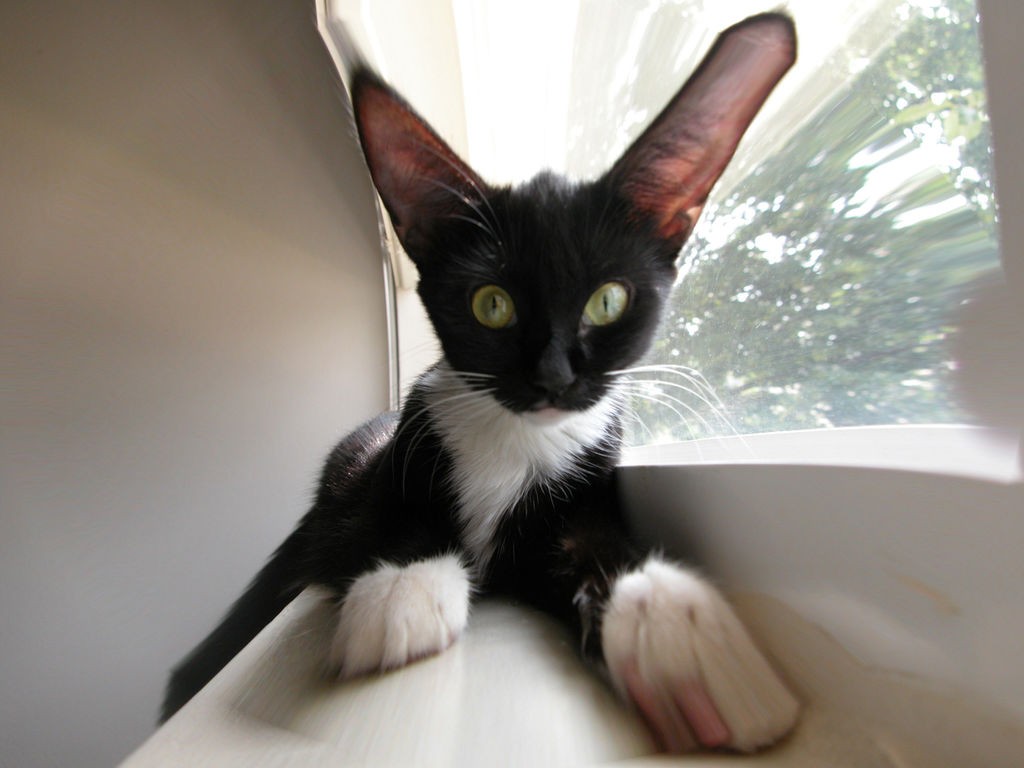
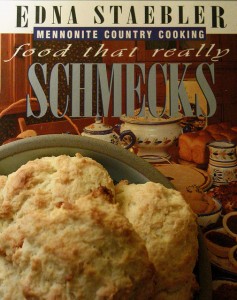

![photo[3]](https://julijasukys.com/wp-content/uploads/2014/02/photo3.jpg)
